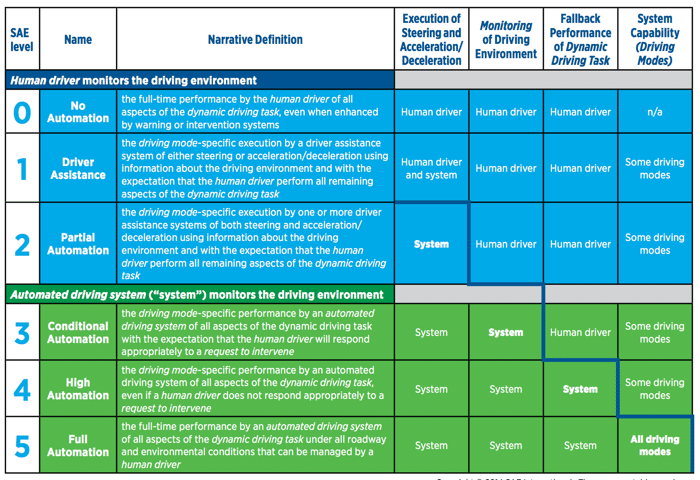Self-Driving Cars Are Roaming Public Roads Outside Phoenix
Mark another milestone on the road to fully autonomous vehicles.
Today, Waymo, the self-driving car company that spun out of Google, announced they are putting cars with no drivers onto the roads around Phoenix. Regular people in the area can apply to be “early riders,” and use the cars as a mobility service.
The move has been widely rumored around Silicon Valley, but Waymo CEO John Krafcik confirmed it at the Web Summit conference. The service is not a commercial proposition, but more like a beta.
“What you’re seeing now marks the start of a new phase for Waymo and the history of this technology,” Krafcik wrote in his prepared remarks.
At first, the cars will only travel within Chandler, Arizona, a suburb that’s southeast of Phoenix. Over time, Waymo plans for the cars to serve a contiguous region of 600 square miles within the Phoenix metro area. (For comparison, New York City is 300 square miles. Houston is 627 square miles.) The cars are currently limited to certain geographic regions because those are the places that Waymo has mapped and simulated extensively enough to trust the way-finding and decision-making capacities of the cars.
Recommended: Have Smartphones Destroyed a Generation?
The announcement throws down the gauntlet for other carmakers and technology companies that are working on similar technology. Nearly every carmaker has committed to some level of autonomy in their vehicles over the next few years. But most of them are pursuing much lower levels of autonomy within their vehicles. There’s a scale that’s come into use to describe these different technologies, which appears in the chart below. Most car companies—Tesla included—are deploying Levels 2 or 3, in which humans and cars switch off driving the car. Waymo (along with Ford) have set their sights on Level 4, where the car does all the driving within a geo-fenced area, and a human can’t intervene, even if they’d like to.

Waymo has spent more than $1 billion on self-driving car technology, with which they have built custom sensors like the laser range-finding system on the top of the minivans in their fleet. They’ve built a test course on an old Air Force base to give their cars special kinds of practice. They’ve mapped every area their cars travel so precisely that the maps are closer to digitizations of the physical world. In 2014, the project’s then-leader literally shrugged when discussing the difficulty of mapping the 4 million miles of roads in the United States in this way. “It is work, but it is not intimidating work,” he said.
Working from real-world data, they’ve created an entire virtual world and scenario-creation system that allows them to play back and create difficult situations for the cars to navigate. They’ve hired the former head of the National Highway Traffic Safety Administration to shape government policy in the different states and at the federal level. And they’ve done it steadily over eight years.
In April 2007, Stanford professor and self-driving car pioneer Sebastian Thrun joined Google and created Google X, which was the company’s “moonshot factory” working on long-term, high-risk research. A year later, Thrun predicted it’d be about 10 years before we had self-driving cars. GM made, more or less, the same prediction. In 2010, John Markoff wrote in The New York Times that “even the most optimistic predictions put the deployment of the technology more than eight years away.” A 2012 Center for Automotive Research report pegged self-driving cars hitting the market in 2019. In 2013, The Economist said that Sergey Brin predicted that Google’s would be “ready for the market in five years.”
There are certainly caveats: The early systems will not be sold, but will be available as a service. They are limited to particular places. And they have not been subjected to a real live and ongoing set of user testing.
But, unlike so many technologies, perhaps the strangest thing about self-driving cars is that their development seems to be proceeding pretty much on pace.
Read more from The Atlantic:
This article was originally published on The Atlantic.

